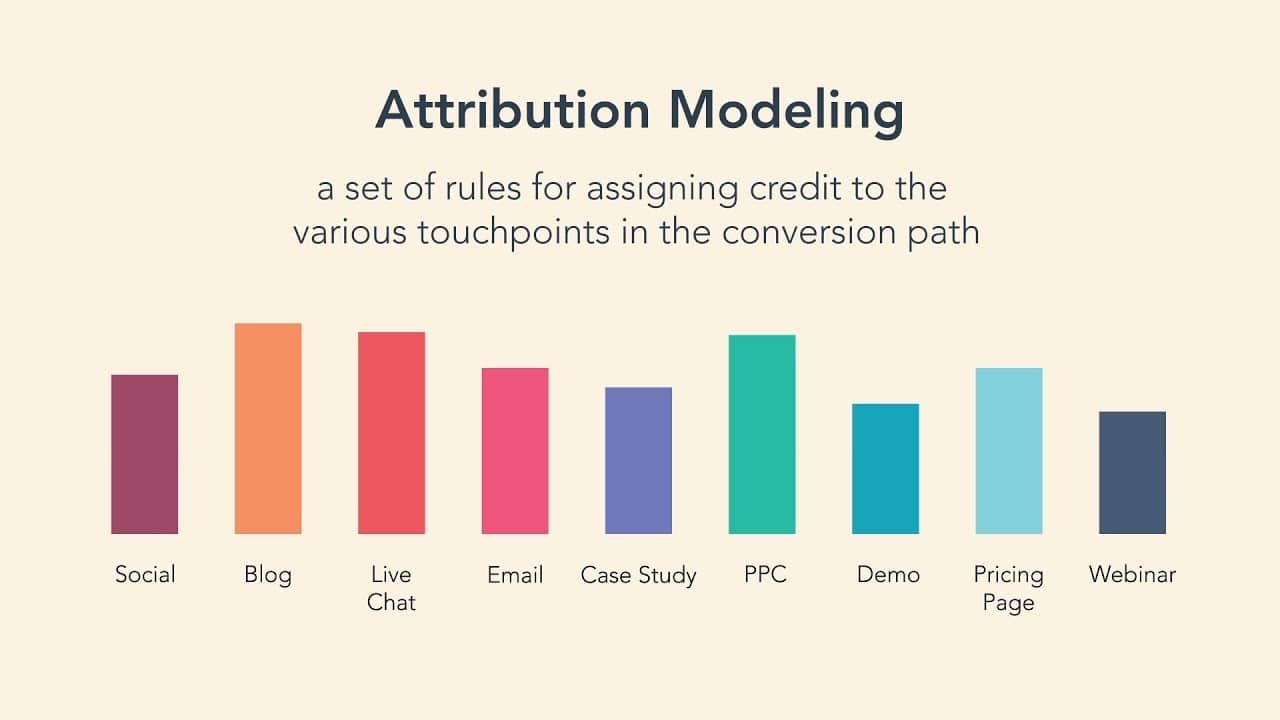There’s no such thing as an ideal content team, not universally anyway. There are too many variables; one company’s ideal team might be another company’s cast of misfits.
There are, however, content team-building tips that can make pretty much every program run more effectively. Here are my six favorite (and mostly universal) tips for building a content team that crushes in today’s marketplace.
Here’s our take on how to build a star content team that helps you cover all your bases.
Get More Aggressive When Seeking Creative Talent
Ultimately, we all use words and visuals in our content to draw people to our brands. If we all use words and visuals, then the clearest way to stand out is to hire superior wordsmiths and designers.
The best writers and designers are usually too booked to find you. You’ll have to find them. Here are a few tips for finding the ideal freelance writer for your content team. Lessonly’s Kyle Lacy recommends seeking writers with journalistic backgrounds because journalists are natural storytellers who can make a point with fewer words. Lacy also notes that journalists aren’t as prone to marketing jargon.
Expert content producers and marketers don’t just spring fully-formed out of the ether (though it would be extremely convenient if they did). They need time and training to develop the right skills and habits.
No problem, you think; I’ll just hire the trained ones. But what if they’re not available? Or you can’t commit the necessary budget? Or your business is so niche that you can’t find fully-qualified professionals who understand it well enough to write about it?
In some instances it may make more sense to build your content team out of amateurs and point them toward resources that teach the top content marketing skills for free. But if this training-up process hasn’t yet produced upper-echelon creatives, it’s time to go find them.
A good way to find talented writers and designers is to search the web for content that blows you away. Talented copywriters and designers can learn most any topic and apply their skills to it. Worry less about the subject matter your creatives are experienced in (unless yours is extremely intricate) and put more stock in the quality of the creative’s portfolio.
Prioritize Relevant Potential
When picking from a pool of cut-price candidates, or reassigning existing employees with questionably-significant talents, it is truly essential that you look past precedent as much as possible and contemplate the possibilities.
It’s understandable that businesses typically opt for thoroughly-vetted pros, of course; new hires must always be financially justified, and no one wants to be responsible for an off-the-wall choice that backfires spectacularly.
But if you can’t get said professionals, you should largely forget about experience. You’re likely dealing with people who don’t really suit that selection process anyway.
So don’t worry too much if a candidate lacks technical expertise. Even in the daunting world of ecommerce, systems like WooCommerce and Shopify make managing content extremely simple. You will have writers creating new product content in no time.
Instead, reach your own conclusions about candidates. Use your best judgment, assemble a good group of people with compatible attitudes and inclinations, and shape them from there.

It’s a very frugal and forward-thinking approach, all said—the Avengers may be cinematic juggernauts now, but don’t forget that Iron Man wasn’t exactly considered a top-tier comic book character before RDJ came along. Now there’s a bet that paid off in a big way.
Formalize Your Team’s Structure
Want to do casual Friday every day? Go for it, but your content team structure should remain formal at all times. If there’s no true leader when writers, designers, programmers, etc. come together on a project, responsibility will be unclear and things will likely get out of hand quickly.
Your team’s structure should also evolve with your approach. “The way you structure your team sends a strong message about what your team is prioritizing and de-prioritizing,” notes HubSpot’s Kipp Bodnar.
Most often, either the managing editor or the content strategist is tasked with keeping the team aligned and on track.
Make It a Point to Hire the Best Managing Editor
As Joe Pulizzi says, “The managing editor is the actual day-to-day storyteller for the organization. The managing editor makes the content compelling.”
Look for someone with a track record of helping content creators make their work better – someone who can provide objective criticism without letting ego enter the equation. Excellent copywriting and organizational skills are a must for this position.
Designate a Content Marketing Strategist
We’re all marketing strategists in one regard or another. That’s why it’s important to designate a chief content marketing strategist, who can ensure all those mini-strategies feed into the grand strategy.
Our team members are bound to disagree with each other. Mismatched visions are also quite common between executives and marketing leaders. This is why Contently’s Erin Nelson recommends finding a content marketing strategist with “strong communication skills to handle frequently conflicting demands of editorial and content leaders.”
Get Them Producing
Even the most finely-honed employees have room to change and grow, yes, but an assortment of experienced professionals will at least feel reasonably confident about where their skills lie and what tasks they want to be doing.
This is unlikely to be the case with a collection of amateurs. Their knowledge and even enthusiasm may be quite spotty and unfocused. After all, it’s quite difficult to determine whether you’re cut out for a particular job until you’ve worked it for a while.
To begin with, then, you should forget about ideal team configurations and just find an arrangement to get them making content. Give each task to the person you think is best at it, or even the person who wants it the most (in the fullness of time, the latter will tend to become the former).
You can’t meaningfully judge the quality of their output until they actually have some, or assess job performance until they’ve performed for a while.
And don’t worry about pigeonholing anyone at this stage; just emphasize that the roles are not set in stone. If it eventually becomes clear that your assigned editor is actually a magician with infographic design, you can shuffle the roles accordingly.
Give Them Enough Resources
You’ve made your hiring-related decisions, and now you need to back them by putting whatever money you have where your mouth is.
That means getting them equipment of adequate quality and relevance, making sure they know where to go (or whom to consult) if they’re not sure about something, pointing them towards some content writing tips, and giving serious consideration to their budgetary requests.
Don’t forget the power of strategic resources like audience personas, style guides, and content templates in inducting greener members of staff. By giving them useful guidance and data, they will be able to hit the ground running and effectively write for your brand.
Inducting writers also means giving them time. How many businesses have made the mistake of half-heartedly establishing content teams only to quickly pull the plug in the absence of spectacular results?

It’s particularly silly because even tried-and-tested teams need time to get results; they just happen to receive that time because they have the confidence of their superiors. So have confidence in your team. Don’t give up on them without a real effort.
Let Them Experiment
Perhaps the worst thing you can do is stifle the curiosity of your fledgling team. If you want them to become a finely-honed unit, you’ll have to give them a degree of freedom to try different things, adopt different approaches, and figure out for themselves what works and what doesn’t.
Besides, old methods become obsolete all the time, and even the most repeated marketing predictions are of questionable significance. Having a squad of outsiders, oddballs and fresh-faced young’uns presents a golden opportunity to embrace the possibilities of the future.
Maybe they think that putting time into updates for your corporate blog is a waste of time, and coming up with goofy promotional ideas is the way forward. And hey, maybe it is. Try it and see.
Realistically, the worst-case scenario is that their ideas utterly flop, and that isn’t exactly a terrifying prospect. They can learn from failure.
Assign an Attribution Leader
If your team is to make the vital transition to a multi-touch attribution model that more accurately proves value, you’ll want someone to spearhead the effort and keep things moving when the going gets tough, because it will get tough.
“With so many people set to benefit, it is essential to establish a single contact within the company who is responsible for driving implementation, adoption and ongoing education,” explains Visual IQ co-founder Manu Mathew. “Assigning and empowering an attribution leader can help ensure that attribution initiatives are prioritized and that the insights and recommendations it produces are incorporated across channels.”
 Promote Wisely
Promote Wisely
Few things suck the life out of a content team more than losing an ideal team member. The best way to prevent your best talent from leaving is to a) make sure team members have opportunities to grow and advance, and b) make sure team members clearly understand what those opportunities are.
Investing in team members’ growth and promoting from within are two practices that can engender feelings of loyalty from your talented team members.
Digitalmarketer CEO Ryan Deiss recommends promoting team members who document their processes because documentation is essential to the scaling of a marketing operation. “More often than not, if you create a culture of documentation, your promotions will be internal,” Deiss says. “As a process is created and the company grows, an employee will replace themselves and ascend the ladder to a higher position.”
Keep Them Invested
Everyone wants to feel that they’re going somewhere in their career; that they’re building towards something meaningful. Nothing kills a working endeavor faster than employee apathy (or outright antipathy) borne of a lack of investment in the fortunes of the business.
It’s no surprise that this factor has become massively more significant; one need only glimpse at any given social media channel to be burdened with great envy of how others are taking charge of their personal narratives.
“My neighbors Liz and Sam are traveling around the world, my aunt Carla has started an online store, and my friend Dave is building new houses for poor people. Where’s my life going?!”

Now, the average seasoned pro will have some kind of independent goal to keep them motivated, with the only requirement being that they continue to get paid. Perhaps they want to buy a boat, or retire early, or just feed their children.
However, simply getting paid consistently doesn’t generally inspire creative work, and it certainly can’t be relied upon to motivate less-experienced employees who are still looking for direction.
But if you get your team invested in what they’re doing—feeling that they succeed when the business does, have some autonomy, and are appreciated for what they do—then they’ll work harder, be happier, and show more commitment.
Be inspirational, reassuring, and empathetic. Be a good mentor. In essence, much like everyone’s favorite sports coach at school, only without the mandatory exercise.
Over to You
In business, as in life as a whole, you’re required to make the best of the resources available to you—even if that means trusting your all-important content to a bunch of novices.
And if you go about it in the right way, you might find that you get surprisingly-great results.
 Promote Wisely
Promote Wisely